DHDD Newsletter – January 2024
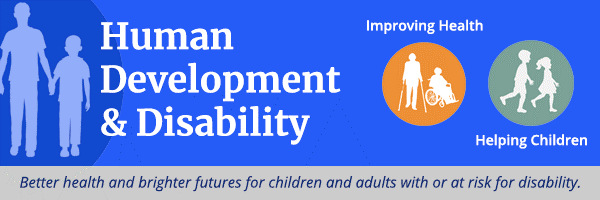
A Note from the DHDD Director
Dear DHDD Partners,
In the midst of New Year’s resolutions, January is a time for reflection — and for renewed passion and commitment to making a difference in the lives of those we serve.
As part of the CDC Moving Forward initiative, CDC has identified select programs, policies, and data activities that improve public health through shared leadership with partners to accelerate their impact in 2023 ̶ 2024. I am thrilled to share that the Learn the Signs. Act Early. program has been selected as one of priority collaborative initiatives to support young families and help children get the strongest start possible. Now, more than ever, there are concerns that young children are experiencing developmental delays, in part due to disruptions from the COVID-19 pandemic. As so many of you know, early detection and intervention are crucial to addressing the behavioral and developmental needs of children.

The LTSAE program provides free, easy-to-use, evidence-based tools, such as the Milestone Tracker app, to monitor child development and help families connect with supports and services. We are accelerating and expanding the dissemination of LTSAE resources to help families identify delays. This is being achieved by working together with partners, including federal agencies, state and local health departments, as well as non-governmental organizations.
I am excited about this initiative as well as exploring other collaboration opportunities with you, our valued partners, to achieve lasting impact for children and adults with disabilities and developmental concerns. I look forward to working with you to make a difference in the coming year.
Sincerely,
Karyl
Karyl Rattay, MD, MS, FAAP
DHDD Director
In the Spotlight
Register and Save the Date! Promoting Equity in Health Communications
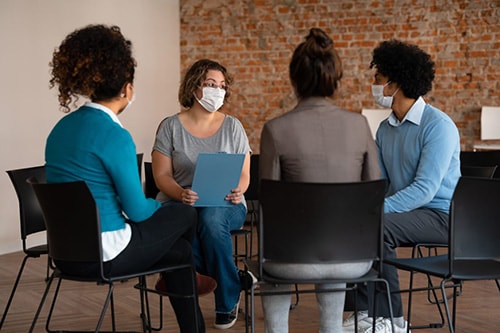
Join CDC’s Office of Health Equity (OHE) and their partners to learn best practices for communicating about health equity as well as creating culturally relevant and accessible health communication materials. To attend the free online event, please register to receive an email with information about how to join the webinar. The event will be live streamed via Zoom and presented with Web CART.
Date: Wednesday, January 24, 2024
Time: 3:30 – 4:30pm EST
Location: Online (Zoom)
Please email any questions to OHE@cdc.gov.
Funding Opportunities
Request for Proposals: Disability and Health Secondary or Existing Data Analysis
With CDC support, the Association of State and Territorial Health Officials (ASTHO) and the Association of University Centers on Disability (AUCD) are seeking the services of highly qualified subrecipients that specialize in disability inclusion, disability measurement, health equity, and/or emergency preparedness and have expertise in health disparities among people with disabilities and data analysis methods. Under this contract, the subrecipients will coordinate with ASTHO and AUCD on analyzing existing data or survey results on topics of importance for understanding and addressing the needs of people with disabilities. Awards will range between $75,000 to $100,000.
The application deadline for this opportunity is January 22, 2024, 5:00 pm EST.
Tools and Resources
“Learn the Signs. Act Early.” Milestones in Action Photo and Video Library now available in Spanish and English
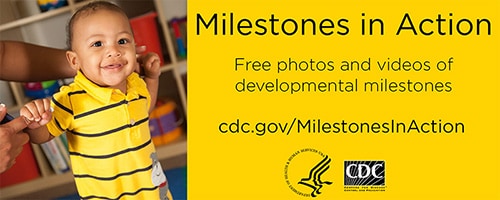
The Learn the Signs. Act Early. program is excited to announce the re-launch of the Milestones in Action photo and video library. This resource is now available in English and Spanish to support the program’s new milestones that were released in the spring of 2022. Milestones in Action provides parents and caregivers with images to help understand the developmental milestones that children should reach from 2 months to 5 years. The library is an excellent resource for families to reference as they complete a milestone checklist for their child. For professionals, the free photos and videos can be downloaded for professional development and parent education activities. Browse Milestones in Action today and share with your colleagues! The Spanish Milestones in Action will be added to the CDC Milestone Tracker App in Spring of 2024.
Milestones in Action webpage (English)
Milestones in Action webpage (Spanish)
2021 Early Hearing Detection and Intervention Findings Now Available
CDC has released findings from the 2021 Hearing Screening and Follow-up Survey, which captures progress in meeting national Early Hearing Detection and Intervention (EHDI) benchmarks. More than 6,500 infants with permanent hearing loss born in 2021 were identified early through newborn hearing screening in the United States. Fewer than half (42.2%) of infants identified with permanent hearing loss were enrolled in early intervention services before 6 months of age. View the latest EHDI data to find out how many infants were screened, diagnosed, and enrolled in early intervention services in your state.
2023 American Academy of Child and Adolescent Psychiatry Annual Meeting Recap
As part of DHDD’s outreach to healthcare providers, experts from our Child Development and Disability Branch shared updates on developmental disorders, youth mental health needs, and other topics at the 70th Annual Meeting of the American Academy of Child and Adolescent Psychiatry (AACAP) in December. Poster presentations included:
- Trends in parent-reported ADHD diagnosis and co-occurring disorders in U.S. children and adolescents, 2016–2021
- Healthcare providers’ attitudes and knowledge related to tic disorder identification and treatment
- Impact of the COVID-19 pandemic on mental health in a general pediatric sample
The Annual Meeting was a valuable opportunity to collaborate with mental health practitioners, healthcare providers, researchers, and other experts. DHDD looks forward to further collaboration to help youth with developmental disorders and disabilities reach their optimal health and well-being.
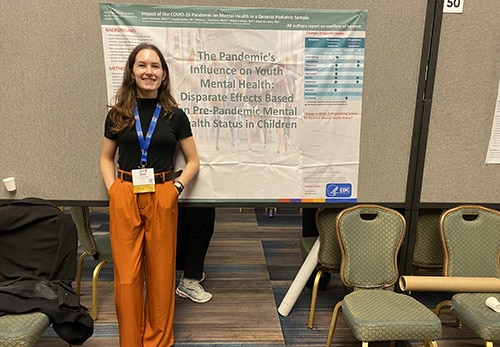
Lina Dimitrov presents about the influence of the COVID-19 pandemic on youth mental health.
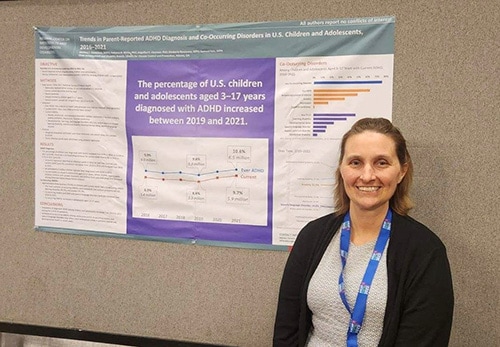
Melissa Danielson presents on trends in ADHD diagnosis and co-occurring disorders.
Publications
New Summary of Advances in Autism Research Report Highlights DHDD Research
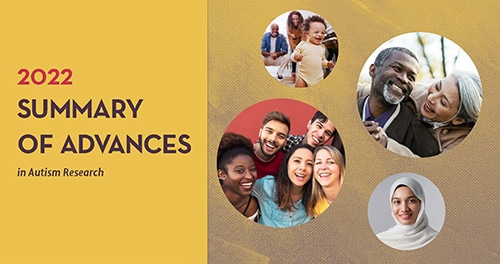
The Interagency Autism Coordinating Committee (IACC) has released the 2022 IACC Summary of Advances in Autism Research (easy-read version also available). This publication provides short, plain language summaries of the top 20 advances in autism biomedical and services research published in 2022, as selected by members of the IACC. CDC’s Progress and Disparities in Early Identification of Autism Spectrum Disorder: Autism and Developmental Disabilities Monitoring Network, 2002-2016, one of the 20 papers selected, helped clarify progress in ASD identification over time, as well as reveal striking racial disparities.
Around CDC
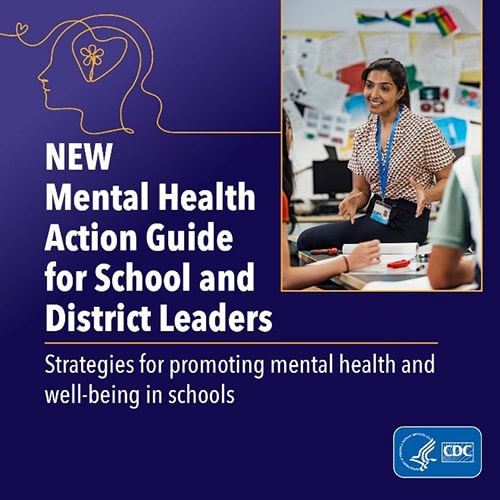
CDC Releases School Mental Health Action Guide to Help Address Mental Health Crisis Among Young People
The Centers for Disease Control and Prevention (CDC) released a new action guide for school and district leaders to support youth mental health. Promoting Mental Health and Well-Being in Schools: An Action Guide for School and District Leaders can help schools build on what they are already doing to promote students’ mental health and find new strategies to fill in gaps.
Recent data from CDC’s Youth Risk Behavior Survey Data Summary and Trends Report: 2011-2021 showed that adolescent mental health has been worsening for more than a decade, and that key indicators of poor mental health have reached alarming levels. This action guide describes six in-school strategies that are proven to promote and support mental health and well-being. It also details specific approaches to put each strategy into action and provides examples of evidence-based policies, programs, and practices. School and district leaders can go to CDC’s website to learn more about how the strategies and approaches can successfully be implemented in their schools.
CDC PLACES Adds 9 New Social Measures to Improve Local Community Health
CDC’s PLACES data now includes 9 new Social Determinants of Health (SDOH) measures. These enable public health and community planners to examine the underlying social factors along with health data at the local level—to better address their community needs.
“Social determinants of health” refer to the building blocks needed for well-being, which some of us have access to, but others do not. They include the nonmedical factors that influence health, including the conditions in which people are born, live and work, and the wider set of systems that shape daily life.
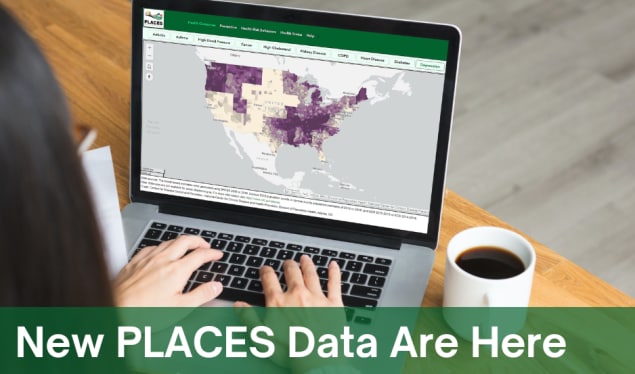
The added measures from the American Community Survey include social factors that can influence health, like:
- Poverty
- Education
- Unemployment
- Housing
- Internet access
- Single-parent households
The new measures can help public health and community planners better identify overlapping health and social factors to allocate limited resources and plan public health promotion, prevention, treatment, and management strategies.
For example, identifying communities with high rates of chronic disease along with factors like unemployment can help shed light on the link between these broader social factors and health outcomes—highlighting areas in need of public health, social, or structural solutions.
See how these new measures can help your community. Explore the updated PLACES data today!

